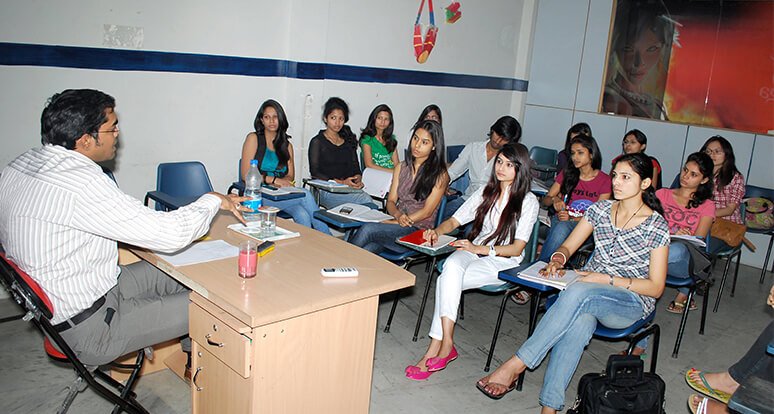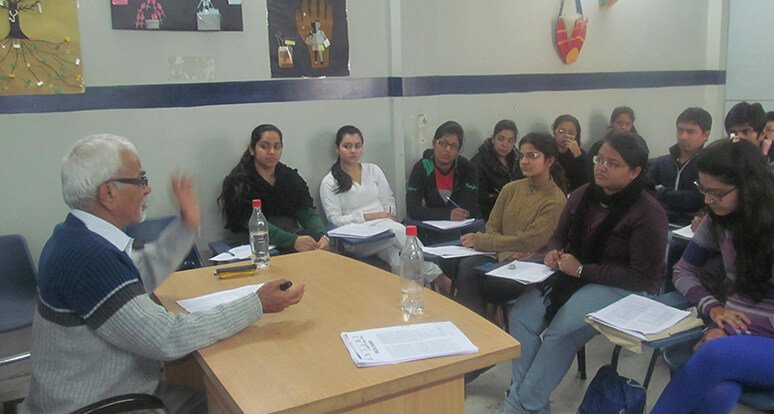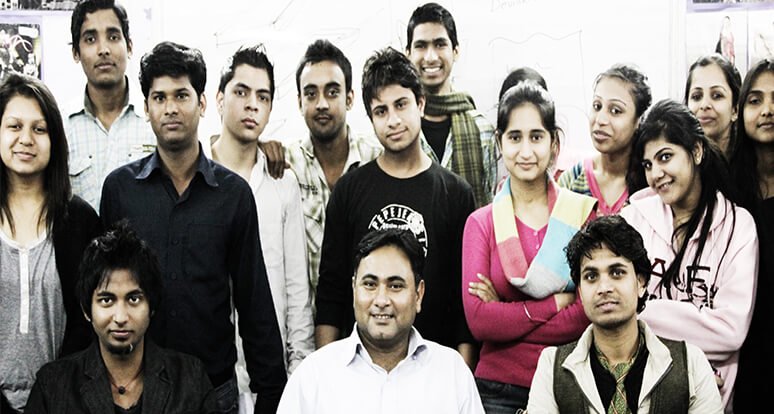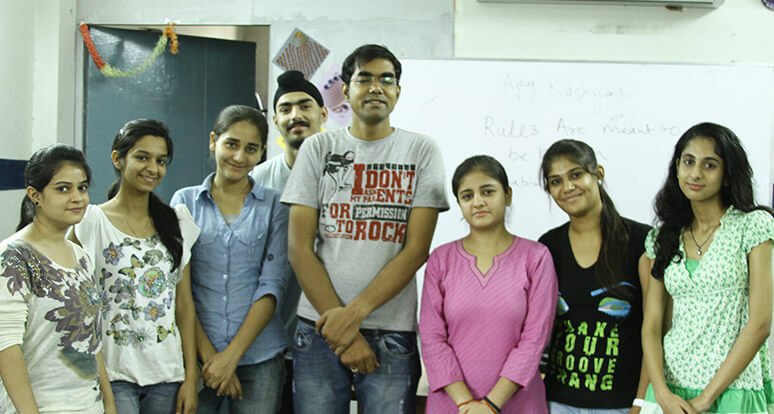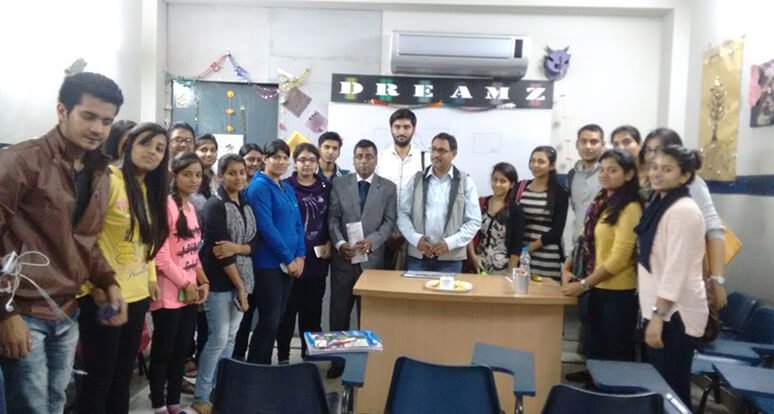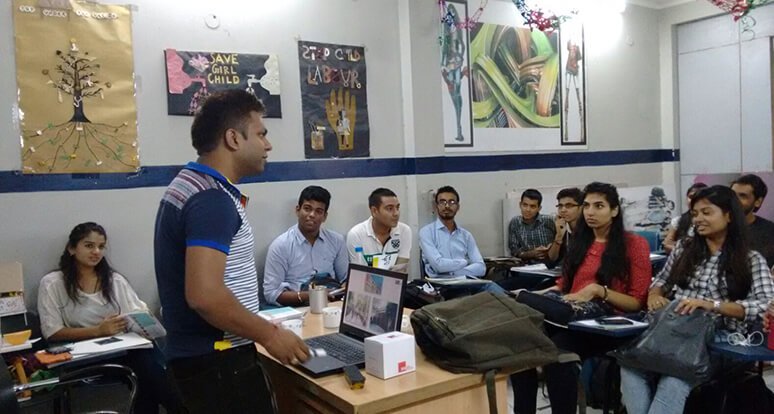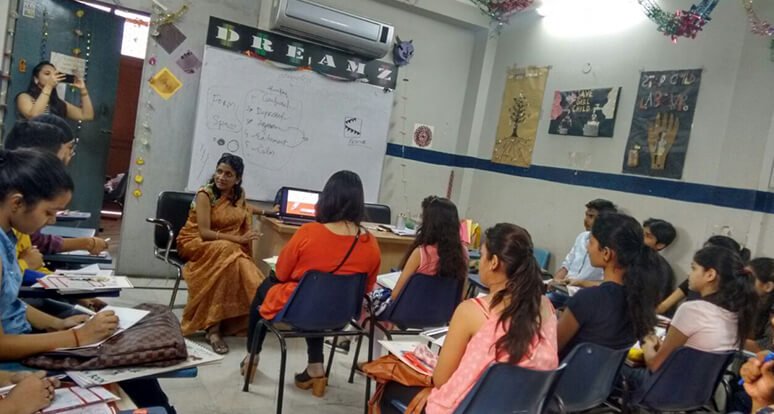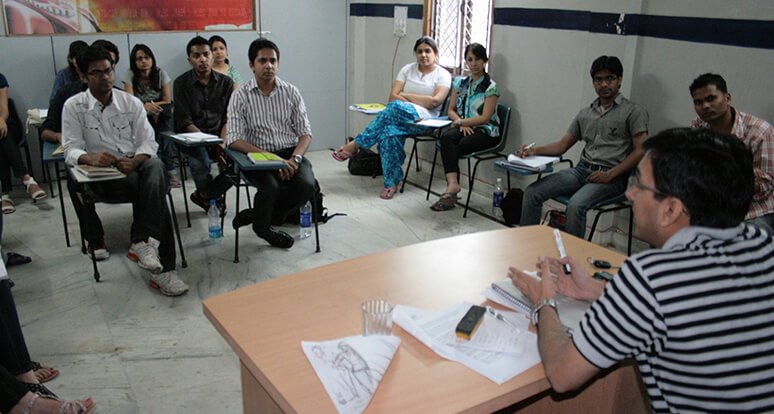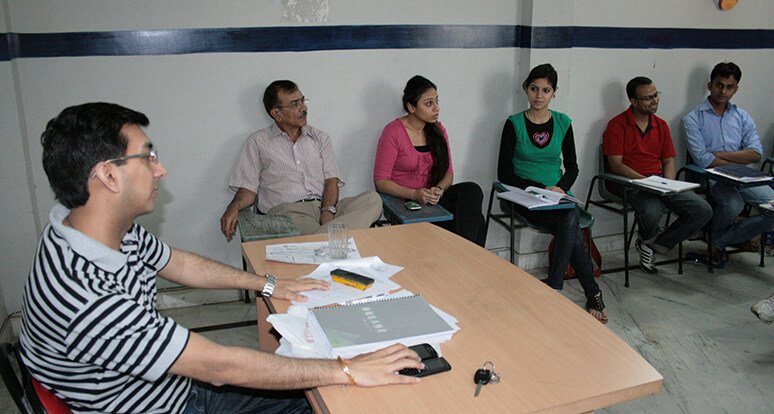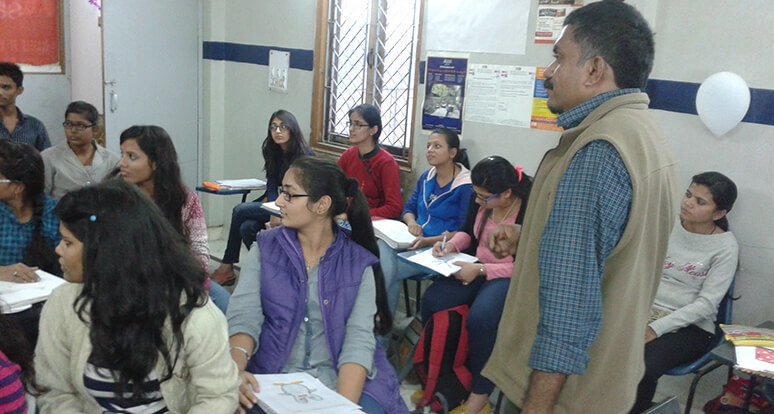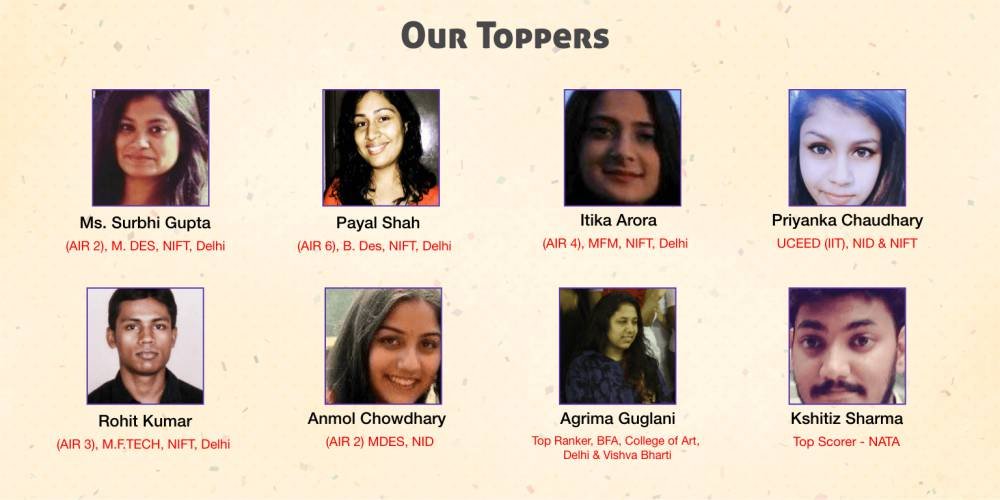A team comprising faculty members from MFM/ M.F.Tech/ M.Des, NIFT Delhi etc background who are widely experienced and highly placed in Fashion/ Design Industry and headed by our senior most faculty Mr. S.K. Gandhi (Ex. Wing Commander, Indian Air Force & renowned English language/ Communication/ Case study expert) ensures that students get the best possible guidance and perfectly groomed for GD/ PI.
DIRECTOR, DREAMZ is an MFM, NIFT Delhi alumnus & lots of other MFM alumni with vast industry experiences have helped thousands of our students so far join MFM, M.F.TECH, B.F.Tech, and Fashion Business courses.
Now DREAMZ to MFM, MFTECH, BFTECH (NIFT) alumni are at very senior position in top Fashion/ Design brands, Export Houses, big retail companies, dotcoms & entrepreneurship.
FACTS & FIGURES: – Way back in the year 2000, we were the first to start coaching for MFM, MFTECH and other fashion business, fashion technology courses with a team, duly qualified and confident of handling the complicacy of such highly competitive exam where thousands fight for just few hundred seats and we successfully delivered. Now we are proud mentors of thousands such students who joined these reputed courses.



